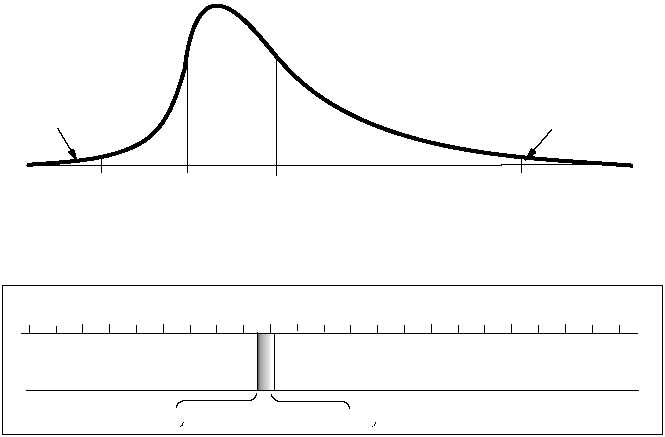The zones between the Tropic of Cancer and the
Arctic Circle and between the Tropic of Capricorn and
the Antarctic Circle are the Temperate Zones. These
zones receive sunshine all year, but less of it in their
respective winters and more of it in their respective
summers.
The zones between the Arctic Circle and the North
Pole and between the Antarctic Circle and the South
Pole receive the Sun’s rays only for parts of the year.
(Directly at the poles there are 6 months of darkness
and 6 months of sunshine.) This, naturally, makes them
the coldest zones. They are therefore known as the
Frigid or Polar Zones.
RADIATION
The term "radiation" refers to the process by which
electromagnetic energy is propagated through space.
Radiation moves at the speed of light, which is 186,000
miles per second (297,600 km per second) and travels
in straight lines in a vacuum. All of the heat received by
Earth is through this process. It is the most important
means of heat transfer.
Solar
radiation
is
defined
as
the
total
electromagnetic energy emitted by the Sun. The Sun’s
surface emits gamma rays, x-rays, ultraviolet, visible
light, infrared, heat, and electromagnetic waves.
Although the Sun radiates in all wavelengths, about
half of the radiation is visible light with most of the
remainder being infrared. (See figure 1-5.)
Energy radiates from a body by wavelengths,
which vary inversely with the temperature of that body.
Therefore, the Sun, with an extremely hot surface
temperature, emits short wave radiation. Earth has a
much cooler temperature (15°C average) and therefore
reradiates the Sun’s energy or heat with long wave
radiation.
INSOLATION
Insolation (an acronym for INcoming SOLar
radiATION) is the rate at which solar radiation is
received by a unit horizontal surface at any point on or
above the surface of Earth. In this manual, insolation is
used when speaking about incoming solar radiation.
There are a wide variety of differences in the
amounts of radiation received over the various portions
of Earth’s surface. These differences in heating are
important
and
must
be
measured
or
otherwise
calculated to determine their effect on the weather.
1-8
SCHEMATIC DIAGRAM 0F THE DISTRIBUTION OF ENERGY IN THE SOLAR SPECTRUM.
(NOT TO SCALE). THE NUMBERS ARE PERCENTAGES OF THE SOLAR CONSTANT . THE
FIGURE FOR THE RADIO ENERGY IS FOR THE OBSERVED BAND FROM 15 TO 30,000 MHZ.
EXTREME U.V.
AND RAYS
NEAR
U.V.
VISIBLE
INFRARED
RADIO
41
52
7
10-3
10
10
10
10
10
10
10
10
10
10
10
-6
-4
-2
2
4
6
8
10
12
14
16
10-10
WAVELENGTHS IN MILLIMICRONS
VISIBLE SPECTRUM
AGf0105
COSMIC
RAYS
GAMMA
RAYS
X-RAYS
ULTRA-
VIOLET
RAYS
INFRA-
RED
RAYS
HERTZIAN
WAVES
RADIO
WAVES
LONG
ELECTRICAL
OSCILLATIONS
400mu
700mu
1
Figure 1-5.—Electromagnetic spectrum.


